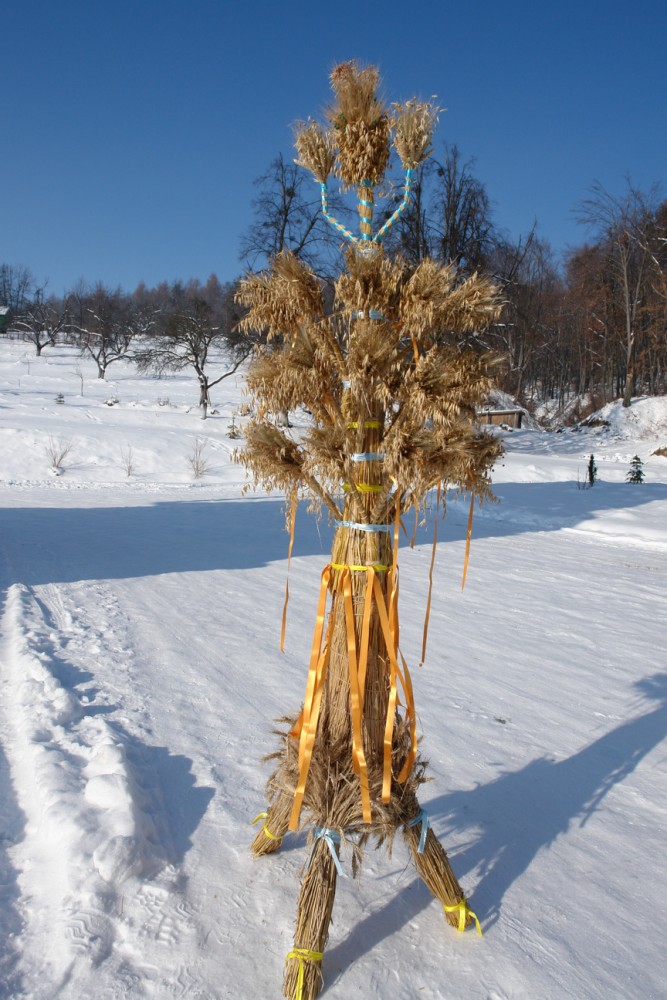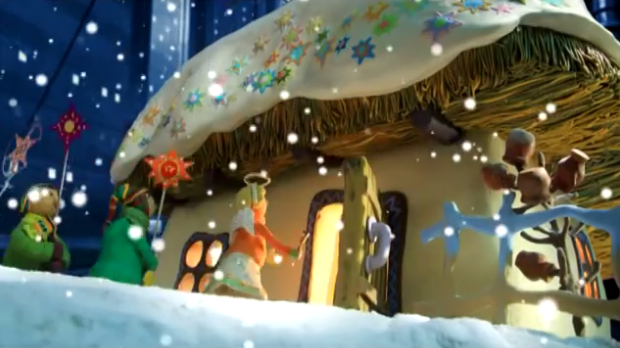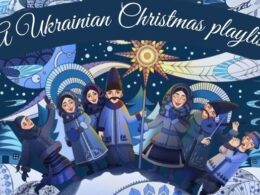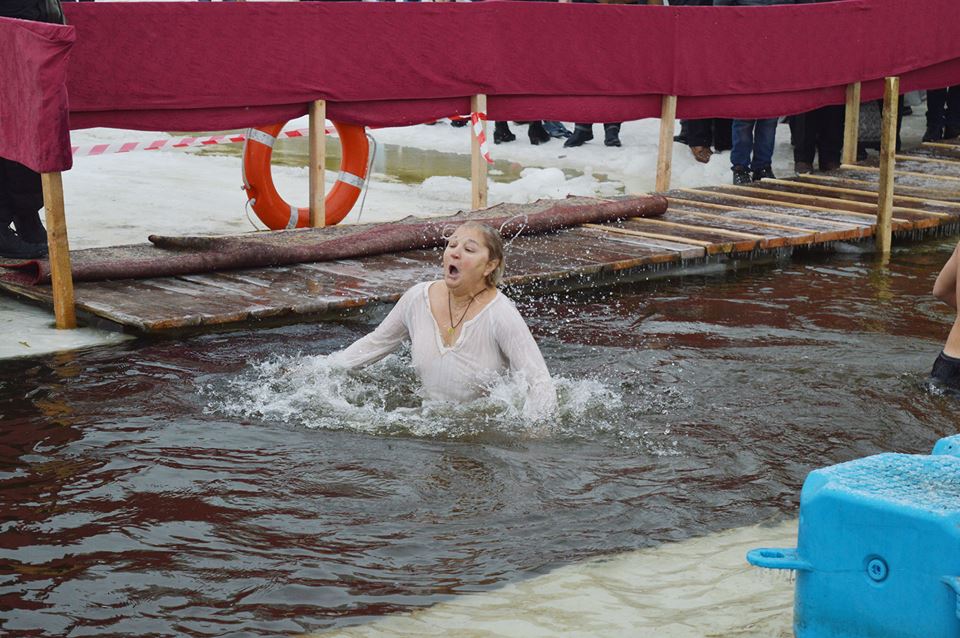There’s a Ukrainian folksong that you know. Except that you don’t know that it’s Ukrainian, and a folksong. The enchanting music that became known to the world as “Carol of the Bells” from the pen of Peter J. Wilhousky was actually composed by Ukrainian composer Mykola Leontovych in 1904, based on a Ukrainian folk song.
Peter J. Wilhousky made his arrangement following a performance of the original song by Oleksandr Koschyts’ Ukrainian National Chorus at Carnegie Hall on 5 October 1921. The tune became extremely popular and has been arranged for and covered by many different genres. Here is an arrangement from the US group Pentatonix:
The world-known lyrics of Wilhousky speak about the ringing of bells that call to throw cares away. The original lyrics based on the Ukrainian folk song “Schedryk” are much less known. Though they are based on the same melody, the lyrics of the two songs share nothing in common. This is the original Leontovych arrangement animated by the Ukrainian artist Ev Melekhovets:
The lyrics speak about a swallow that flew into a master’s household and started twittering to him about the increase of his livestock:
| Shchedryk shchedryk, shchedrivochka, | Shchedryk, shchedryk, a shchedrivka [New Year’s carol]; |
| pryletila lastivochka, | A little swallow flew [into the household] |
| stala sobi shchebetaty, | and started to twitter, |
| hospodarya vyklykaty: | to summon the master: |
| “Vyydy, vyydy, hospodaryu, | “Come out, come out, O master [of the household], |
| podyvysya na kosharu, | look at the sheep pen, |
| tam ovechky pokotylys’, | there the ewes are nestling |
| a yahnychky narodylys’. | and the lambkin have been born |
| V tebe tovar ves’ khoroshyy, | Your goods [livestock] are great, |
| budesh’ maty mirku hroshey, | you will have a lot of money, [by selling them] |
| V tebe tovar ves’ khoroshyy, | Your goods [livestock] are great, |
| budesh’ maty mirku hroshey, | you will have a lot of money, [by selling them] |
| khoch ne hroshey, to polova: | if not money, then chaff: [from all the grain you will harvest] |
| v tebe zhinka chornobrova.” | you have a dark-eyebrowed [beautiful] wife.” |
| Shchedryk shchedryk, shchedrivochka, | Shchedryk, shchedryk, a shchedrivka, |
| pryletila lastivochka. | A little swallow flew. |

Now, what is a swallow doing around Christmas in Ukraine? The Ukrainian swallows spend their winters south of the Sahara. The culprit of this confusion is the Russian Tsar Peter I, who in 1699 on course to “chop a window to Europe” established New Year to be celebrated on January 1, following the example of the other Christian nations. Before that, Ukrainians celebrated New Year around the spring equinox. From pagan times, it was the reawakening of nature that marked the start of the New Year.
The ritual songs called “shchedrivky,” which means “bountiful New Years carols,” were meant to bestow all the earthly riches on a master’s homestead and wish him a fertile year – quite a desirable outcome in an agricultural society. It was also Peter I who introduced Christmas trees to be used as a celebration attribute. Before that, the Christmas decorations that Ukrainians used were made from straw. The main one used is called didukh and symbolizes fertility.

If the swallow around Christmas wasn’t enough for confusion, Ukrainians sing these New Year bountiful shchedrivky not on January 1, but on January 13 – a result of the Orthodox church using the Julian calendar, which runs 13 days later than the Gregorian calendar used by the Catholic church.
But teams of carolers start roaming their hometowns five days before, on the Orthodox Christmas which takes place on January 7. They are often dressed as characters present during Christ’s birth in Bethlehem (the three Kings, Angels, shepherds, Herod), but also as the ritual goat, and such characters as the Gypsy and Jew, which had a special place in the life of Ukraine’s village agricultural society, as well as Death that comes to take Herod, and always carry the octagonal Bethlehem star that by Christian legend appeared above the birthplace of Christ and directed the three Kings to visit the newborn Child.
Singing Christian carols about the nativity of Christ as well as pre-Christian songs about the creation of the world and bestowing blessings on the families they visit, the teams move along their hometown, gathering treats along the way.
From pre-Christian times, the holiday of Christmas celebrated on the winter solstice was one that linked the visible and invisible world and opened windows into dimensions – those inhabited by spirits and ancestors of the family. On this day, animals could speak, humans made peace with each other, and the living and the dead gathered at the ritual Lent dinner with 12 dishes, originally to the number of the 12 months, but now to the number of Apostles.
To this day, the tradition of Christmas caroling lasting up to 40 days in some regions of Ukraine opens a door into a reality connecting past generations with those of today, heavens with the earth, and in which the mundane gives way to festivity for old and young. This happens in villages and in cities, outdoors and indoors – wherever the teams of carolers might happen to bring ancient and new verses of peace and celebration. You can watch how everyday life gets transformed in a busy Ukrainian metropolis when a swallow leads caroling kids on their yearly quest in this animation put to a cover of Leontovych’s Shchedryk, known worldwide as Carol of the Bells, produced by Oleh Skrypka:





